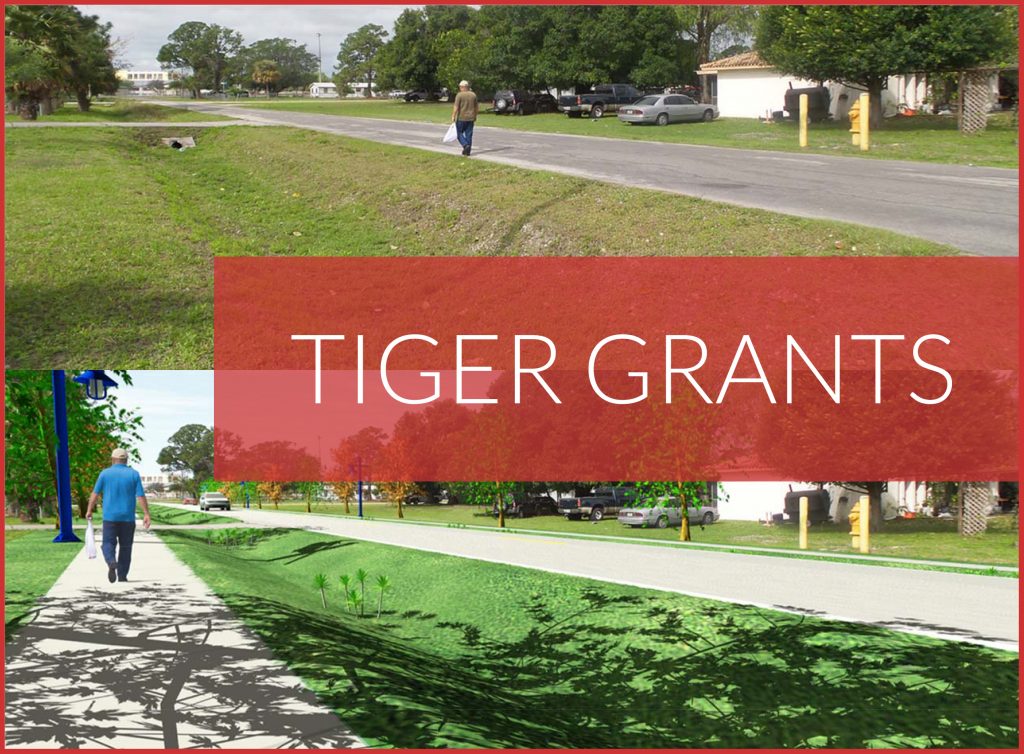TIGER grants focus on rural areas, recognize the value of complete streets, and ignore transit

Just a month after the Trump administration proposed a budget that would eliminate the competitive TIGER grant program entirely next year, the US Department of Transportation announced the winners of this year’s awards. This year’s winners show a clear shift in priorities—this round is decidedly rural or small town in nature and nearly devoid of transit projects. However, the winners also show that this administration recognizes how smaller-scale complete streets projects bring tremendous value to local communities.



